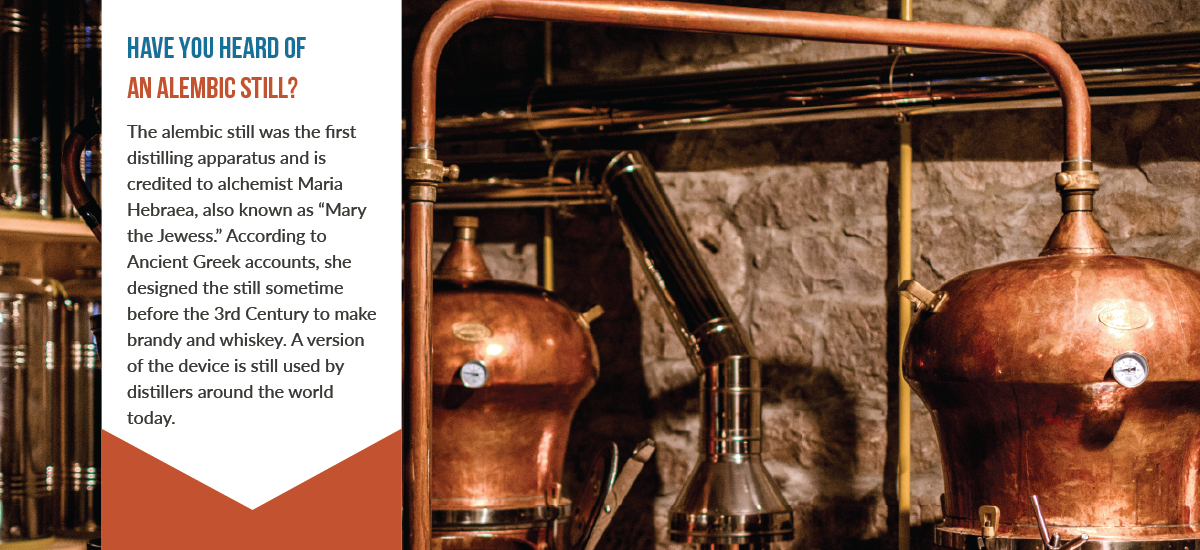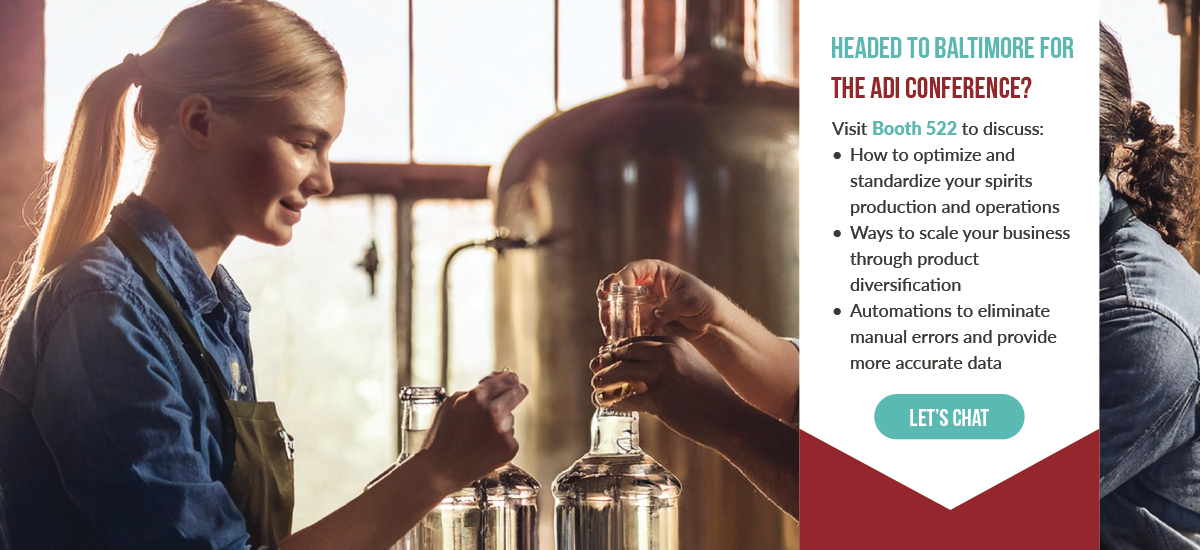The spirits industry is witnessing a significant shift as women make their mark in various roles from master distillers to business owners. The history of women in distilling is a narrative of innovation, resilience and gradual reclamation of their rightful place in the spirits industry. Their story spans centuries, marked by cultural and political shifts that sought to marginalize their contributions, only to see a triumphant resurgence in recent decades.
As we look toward the future, the role of women in craft spirits is poised for further growth and transformation. The increasing visibility and recognition of female distillers and entrepreneurs are encouraging more women to pursue careers in this field. Educational programs and industry initiatives, such as the ADI Women’s Summit sponsored by Crafted ERP, play a crucial role in supporting and empowering women in pursuing careers in the spirits industry.
Notably, this year’s ADI Conference keynote speaker Lisa Roper Wicker is a Crafted ERP proponent from her time using the solution at Widow Jane. Lisa exemplifies the leadership and expertise women bring to this dynamic field. Also speaking at the conference, Doozy Solutions Co-Founder Kristin Steele will share her path to a career in bev-alc and offer advice to attendees at the Women’s Summit.
The ADI Conference will be full of opportunities for women to connect with fellow females in distilling, and we look forward to an exciting event in Baltimore.
First, let’s pay homage to those who came before.
The Early Innovators
Historically, women were central to alcohol production, serving as brewers in ancient Mesopotamia and early innovators in fermentation and distillation. In medieval Europe, nuns contributed significantly to the science of distillation, developing herbal liqueurs and medicinal spirits, with figures like Saint Hildegard of Bingen documenting their medicinal properties. However, from the 16th century, women's involvement in brewing and distilling faced decline due to rising suspicions and accusations of witchcraft, often aimed at undermining their economic independence and expertise in the craft.
Nurturing the Whiskey Industry
In the 18th and 19th centuries, many women were actively involved in the production of spirits, particularly in the American whiskey industry. Leaders like Catherine Spears Frye Carpenter played a crucial role in refining the bourbon-making process by documenting her recipes and techniques. Mary Dowling, the “Mother of Bourbon,” became the first U.S. woman to own and operate a distillery when her husband died. Today, Rabbit Hole Distillery, a Crafted ERP customer, honors Mary’s legacy with a brand of whiskey bearing her name.
Women continued to lead the charge and influence businesses their husband’s started. Margaret “Margie” Samuels revolutionized the Maker’s Mark brand with the infamous hand-dipped red wax top and label design, while mother-daughter duo Helen and Elizabeth Cumming expanded and legitimized the Cardhu distillery, pivotal to Johnnie Walker's success.
Scottish-born Rita Taketsuru provided crucial support in establishing Japan’s Nikka Distillery with her husband. Bessie Williamson transformed Laphroaig post-WWII, promoting it as a single malt and ensuring its growth while endearing herself to the local community. Janet Isabella Harbinson preserved The Macallan's legacy and created the world’s most valuable whisky – The Macallan Valerio Adami Fine & Rare 1926.
The Prohibition and Postwar Eras
Women in distilling often faced societal and legal barriers. The temperance movement of the 19th and early 20th centuries, which culminated in Prohibition in the United States, significantly impacted the industry. However, women continued contributing behind the scenes, preserving the art of distilling and passing down their knowledge through generations.
Women played significant roles in this underground economy, from running speakeasies to distilling spirits in hidden locations. Despite their contributions, Prohibition also reinforced negative stereotypes. Women involved in the alcohol trade were often portrayed as morally corrupt, further pushing them to the periphery of the industry.
Post-World War II America saw a rise in narrowly-defined gender roles, where women were expected to maintain the home while men worked outside. Like many others, the distilling industry became firmly entrenched in the male sphere. While women continued to work in bottling lines and tasting panels, they were largely excluded from leadership roles and decision-making positions. Marketing and branding often reflected and reinforced this gender divide.
The Resurgence
The modern era has witnessed an influx of women redefining the distilling spirits industry. This resurgence can be attributed to several factors, including the craft spirits movement, which values innovation and quality over mass production. These women are not just participating in the industry but shaping its future. They’re master distillers, founders and CEOs, creating award-winning spirits and inspiring a new generation of female distillers.
We asked members of the #CraftedCommunity why they chose to build a career in the distilling industry. Here’s what they had to say.
Samantha Olivera
Garrison Brothers Distillery Production Operator and Mashhouse Boss Samantha Olvera is passionate about the craft of bourbon making. When asked what she enjoys most in her ten-year experience so far, she vividly describes: "ALL OF IT! From the smell of the corn on boil, tasting the fresh mash, smell of fermentation, first drop of your distillate, banging the bung into a freshly filled barrel, to the sound of our barrels taking a deep breath when we open the barns."
Samantha's journey in the distilling industry is marked by resilience and dedication. She advises newcomers to "don't take no for an answer and have tough skin. This is not an industry for the lighthearted. Work hard. Earn your keep, don't expect anything to just be given to you. Most importantly educate others. Spread the same passion you have to others."
Reflecting on the historical role of women in the industry, Samantha notes, "Women have been the backbone of the distilling industry for a very long time; we just weren't allowed to have a voice. That's changing, and I LOVE IT." She emphasizes women's increasing visibility and influence in various roles within the industry, from distillers to CEOs, stating, "The future for women in the industry is happening already! Every day, more and more women's presence is being displayed. Whether it's as a distiller, blender, mash cook, advertising, CEOs, CFOs or running their OWN distillery."
Samantha is optimistic about the future and passionate about her craft, concluding with a rallying cry: "LET'S MAKE SOME BOURBON!"
Melinda Maddox
Melinda Maddox, blender and head of production at Old Elk Distillery for the past four years, thrives on the hands-on nature of her work. She finds excitement in "the beauty and art of being able to get creative with flavor on such a big scale." For her, creating flavors for people to enjoy is a significant motivator. Melinda loves the dynamic environment of her job, stating, "There is never a dull moment for sure, but seeing a blend of whiskey come together and knowing that you had a part in it is pretty cool."
She encourages women in the industry to recognize their worth, saying, "You have something to contribute. So many men never question if they can do something or are qualified, and women should feel the same way." Melinda highlights women's growing presence and influence in the industry, noting that "there are some trail-blazing and cool women making beers, saki, wine and whiskey. We have good taste."
Melinda hopes to see more women in the industry, believing they can contribute to making it a better, happier and more creative space. She acknowledges the unique experience of being a woman in the beverage alcohol space, concluding, "Being a woman is different in the bev-alc space but it isn't bad."
Caley Shoemaker
Vodka-aficionado Caley Shoemaker thrives on the exhilaration she gets from creating spirits with her own hands and sharing them with the world. She’s currently founder and master distiller for the award-winning As Above, So Below Distillery in Santa Fe, New Mexico, where she experiments with different ingredients and blending styles to craft whiskey, vodka, gin and other spirits. “I love that every day is different. There are so many facets to the spirits industry, there is always something slightly new to work on each day.”
Caley, who also served as distillery practice lead for Crafted ERP, is one of today’s leading female voices. Her broad industry experience and love of distilling translates into a passion for educating and mentoring others, and you can often find her speaking at industry events and conferences. “I think women offer different perspectives and help to break through industry stereotypes,” she explained.
Her prediction for the future? “I have enjoyed seeing more women in spirits production and operations roles, and I expect the percentage of women in these roles will only grow.”
The Future of Women in Craft Spirits
With continued support, awareness and education, the spirits industry will undoubtedly see more women rise to leadership positions, driving the industry forward with their unique perspectives and expertise.
At Crafted ERP, we’re proud to support women working in spirits, wine, beer and across the total beverage landscape. If you’re attending this year’s ADI Conference, be sure to stop by Booth 522 to meet our team. We also hope to see you at Monday’s Women’s Summit for an afternoon of networking, education and sharing our passion for craft spirits!
See you in Baltimore!

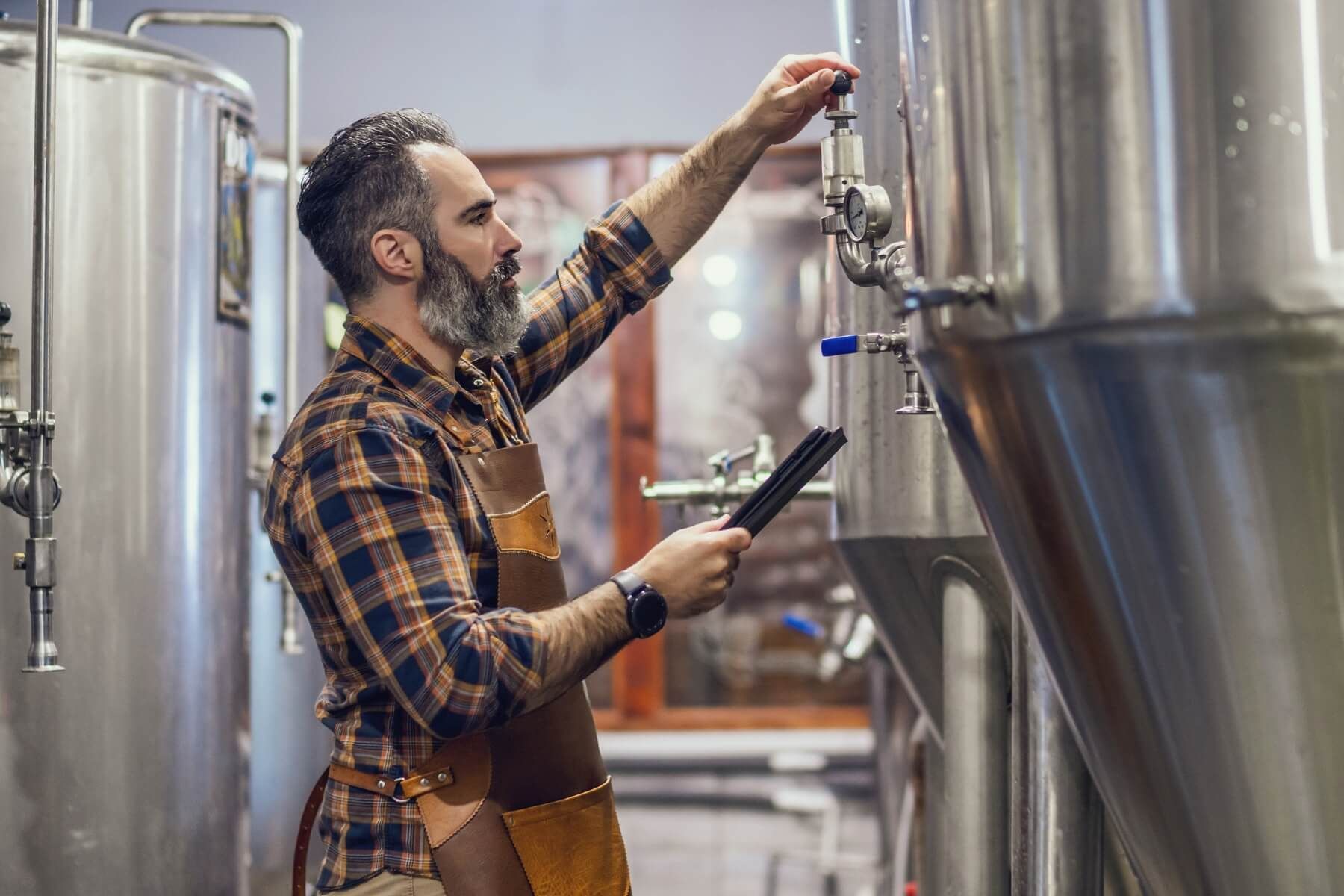
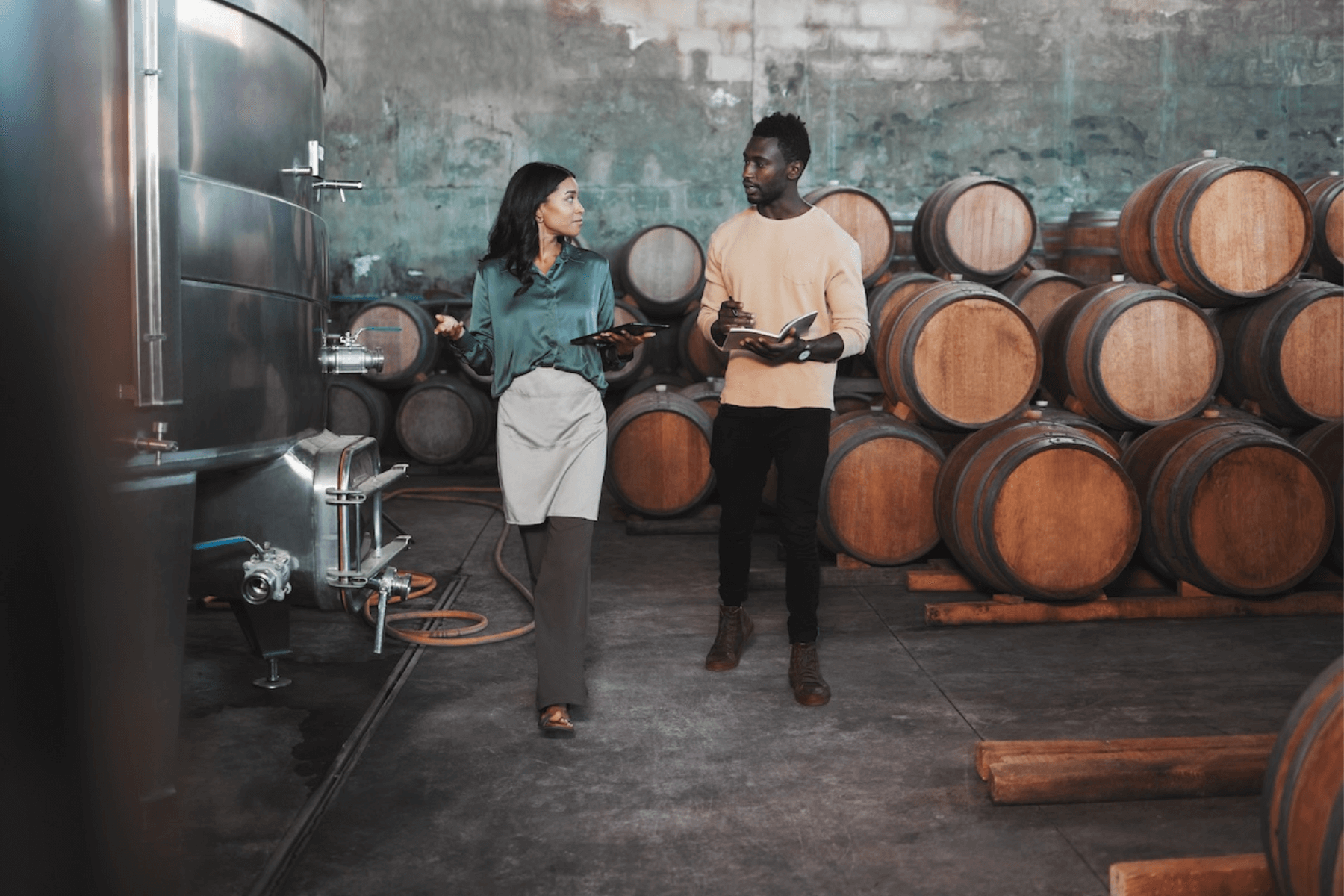
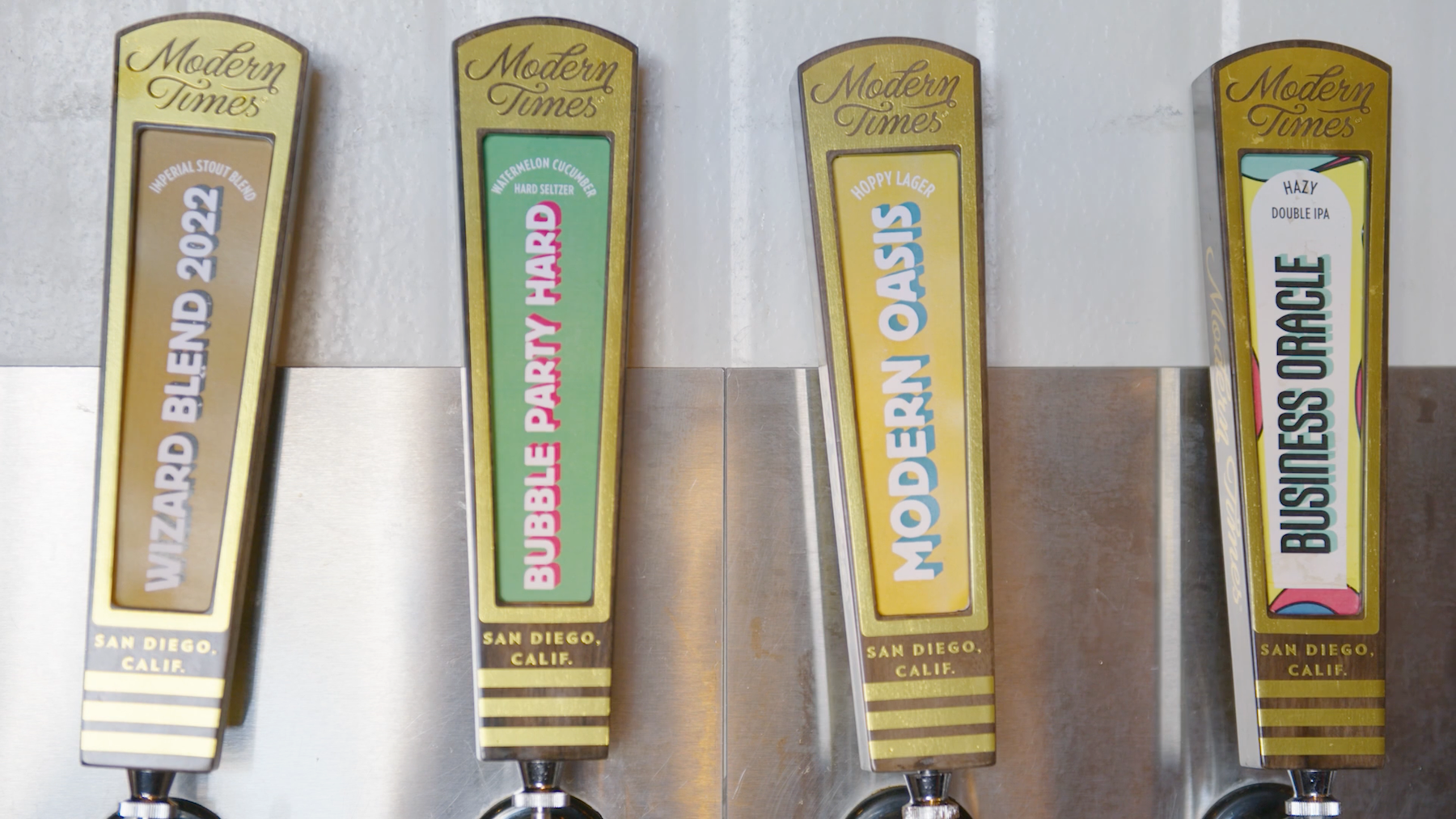
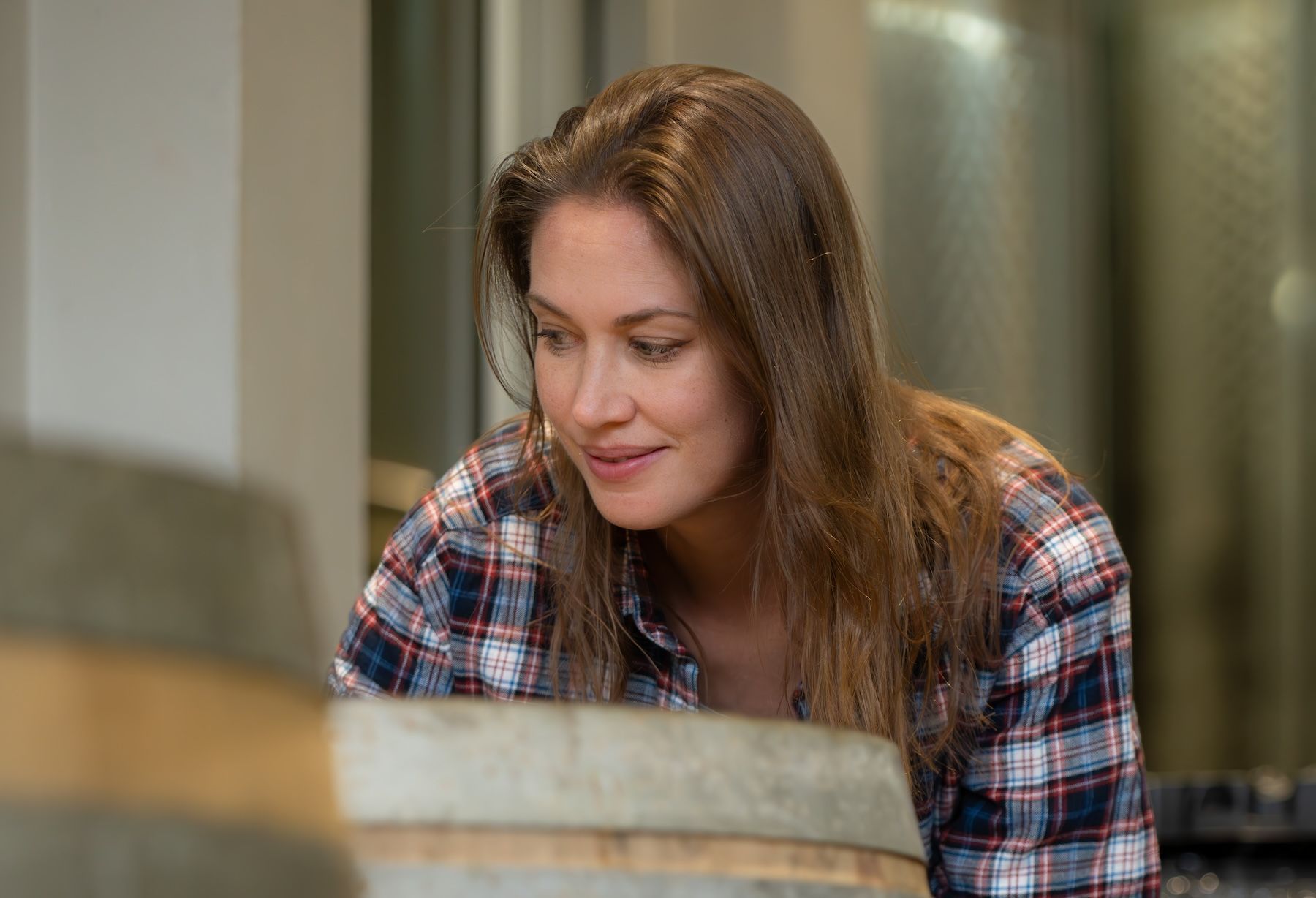

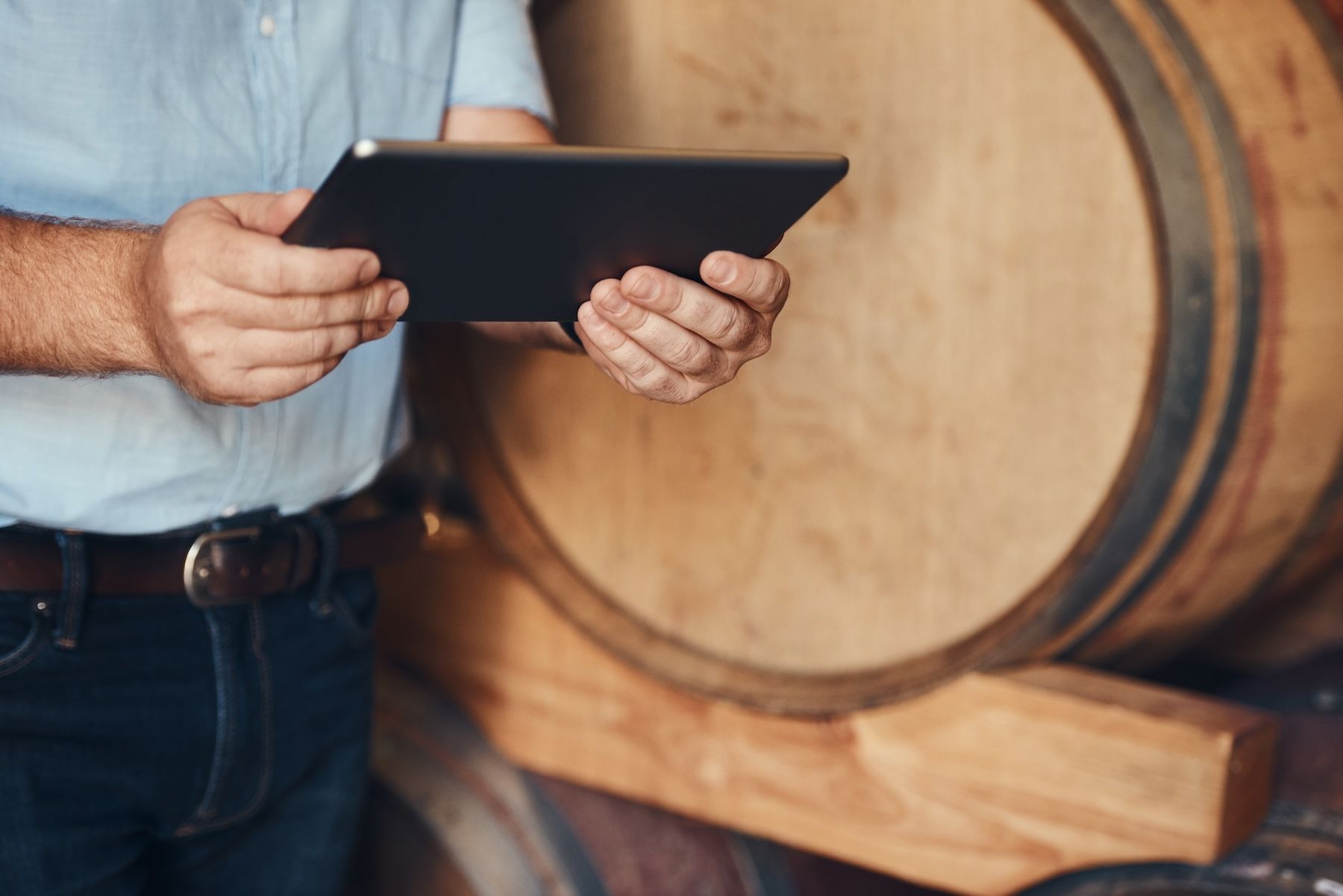
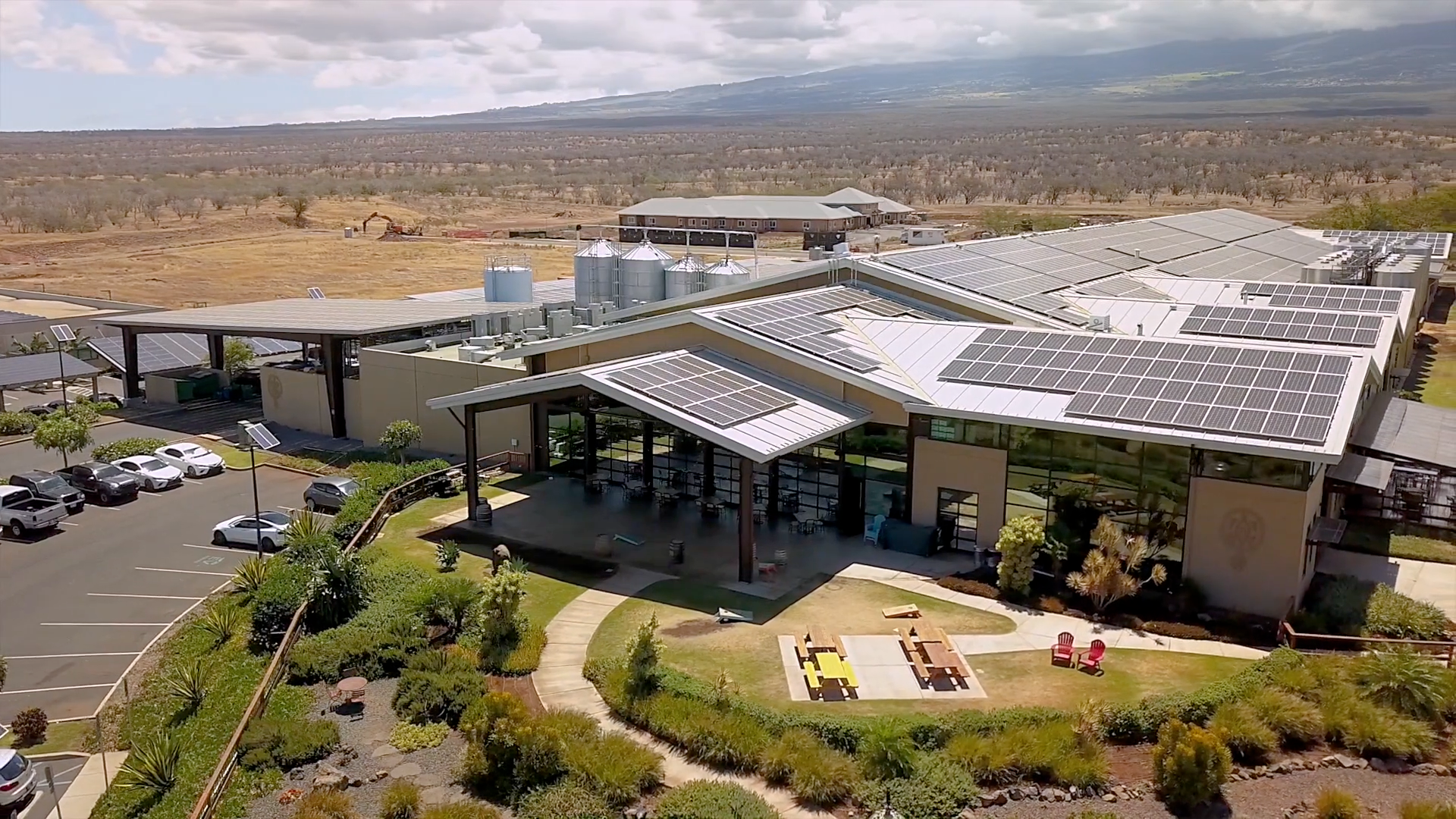
GET IN TOUCH
1512 Larimer Street, Suite #150
Denver, CO 80202
United States
(720) 699-0200
66 Goulburn Street
Sydney, NSW, 2000
Australia
+61 2 9044 1330

